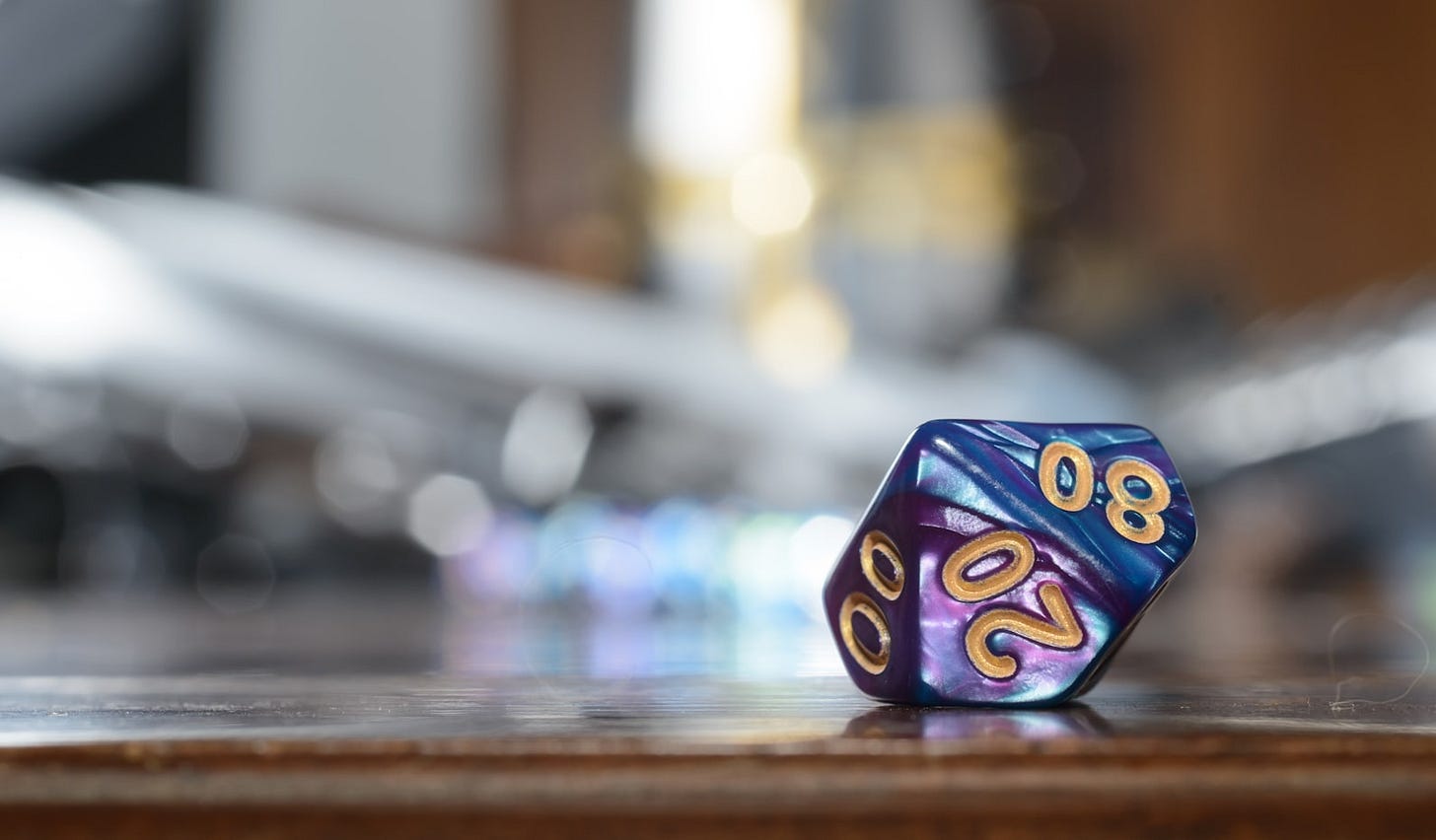If you type the oldest tabletop game in a search engine, the first (or second) result is that the British Museum lists the top 10 historical board games. The Royal Game of Ur is the oldest playable version, originating around 4,600 years ago in ancient Mesopotamia.
It is quite a marvelous list. Depending on your cultural childhood setting, chances are high that you have heard of at least one entry. In my case, it was Mahjong—the classical Chinese board I hardly played on a bootleg NES. When I scrolled further down, the penultimate title seemed somewhat familiar. I couldn't recall the name, but the image was strikingly familiar. Upon reading and researching the native terms, I realized I had played this game countless times in the distant past. The name in the spotlight: Pachisi (パッチシー ; پچیسی ; पच्चीसी). In the States though, they somehow trademarked it as Parcheesi. The current, more popular version is known as Ludo. As it happens, it is now one of the most played games in South Asia.

Old Bets…
The concept of board games is as old as humanity itself. One can imagine some version of tic-tac-toe in a dimly lit cave thousands of years, played by the first intellectual Homo sapiens tired from fighting all day. We can not confidently claim it was for entertainment or pleasure value. But for material value? Most likely… We can not go ahead and call this gambling, too. That's pretty advanced for such an era. It was some form of material exchange—Barter 2.0. Although, it might have taken just a couple of iterations for gambling to emerge out of Sigma Barter’s pile of bones (playable pieces).

Stakes…
Tabletop games include an indefinite number of games. While very similar, and sometimes used interchangeably, a board game is generally a game you play on a board. Tabletop game is a broader term covering not only board games, but also miniature war games, role-playing games, poker, and card games. How much the configuration of the board (or the dimension) where pieces exist becomes the significant factor, as it directly operates the gameplay and odds of the outcome.
However, what connects the tabletop phenomenon and sporting activity is not the playfield or any other physical component. It's a bit more fundamental—Competition, a close cousin of Gambit (remember it). At the heart of all games, running under the tabletop is a central race. A way forward to reach the end and call it victory. It was the basis of the earliest games, even the Royal Game of Ur and Pachisi. In fact, the internet’s favorite games’ historian (and sworn brother of Dumbledore), Irvine Finkel, argues that the two are more intimately related than we realize. Both games ask the players to compete (in a race) to reach the winning square. There are similar rules for distinct turns and piece progress. They have to move with one piece at a time as per the die-roll.
Interestingly, the early forms of die were nowhere near what we use today. From knuckle bones to sticks to tetrahedral dice, these date back more than 4500 years before we end up with neat cubes of plastic.
Marked sticks, a well-known ancient form of dice, are prevalent in cultures throughout the globe. In some parts of Asia, children on streets can still be seen, huddled in a circle, playing Pachisi on a tile using ice-cream sticks as dice and marble as pieces. However, the early use of the six-faced die can be traced back to an affluent Asian civilization in the Indus Valley. It existed at the same time in the Meso-era and is often credited as the original patent holder for many modern inventions. This begs whether a leveled-up version of the game predated a much older time.
Mohen(jodaro) and Meso(potamia) stopped playing with each other and went extinct.
Current Wars…
As modern math and science switched gears in the 20th century, so did the tabletop landscape. The massive success of Monopoly kick-started the new current of capitalism and board games. Travelers by day-gamblers by night were now done traversing the arrays of longitudes and latitudes, picking up spare pieces and empty boards along with the spoils of war. In the absence of a global connection and regulation, everyone conjured an inspired innovation and transformed into businessmen overnight. The portable versions of Backgammon and Pachisi started warming the household cupboards and shelves of Western countries, along with the plethora of others from various cultures. These games were crucial to the lifestyle, as virtually identical spinoffs were sprouting in different parts of the world.
The latter half of the 20th century saw the biggest boom in the tabletop industry. With the rise of comic books and graphic novels, characters of high fiction/fantasy defaulted to the avenues of storytelling via games. They gained mainstream acceptance due to their crossover appeal, often crossing universes— a concept considered unfathomable at that time. This helped creators explore the concept of RPGs even further, and we saw the birth of epics like Dungeons & Dragons.
Then the video game revolution started… And it changed everything!
Part II of this story is here. It was getting too long for the mail, so I trimmed it.





